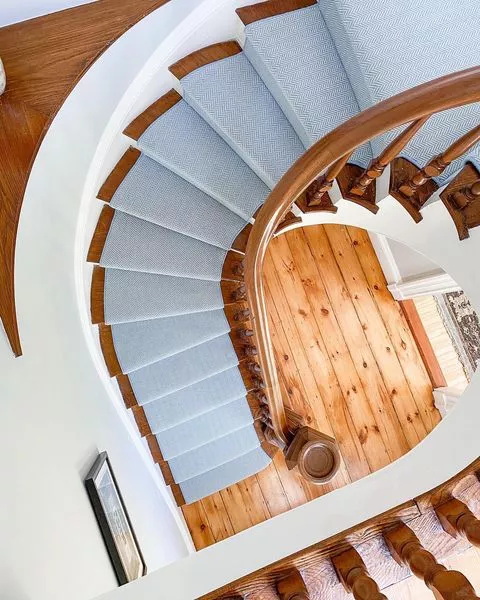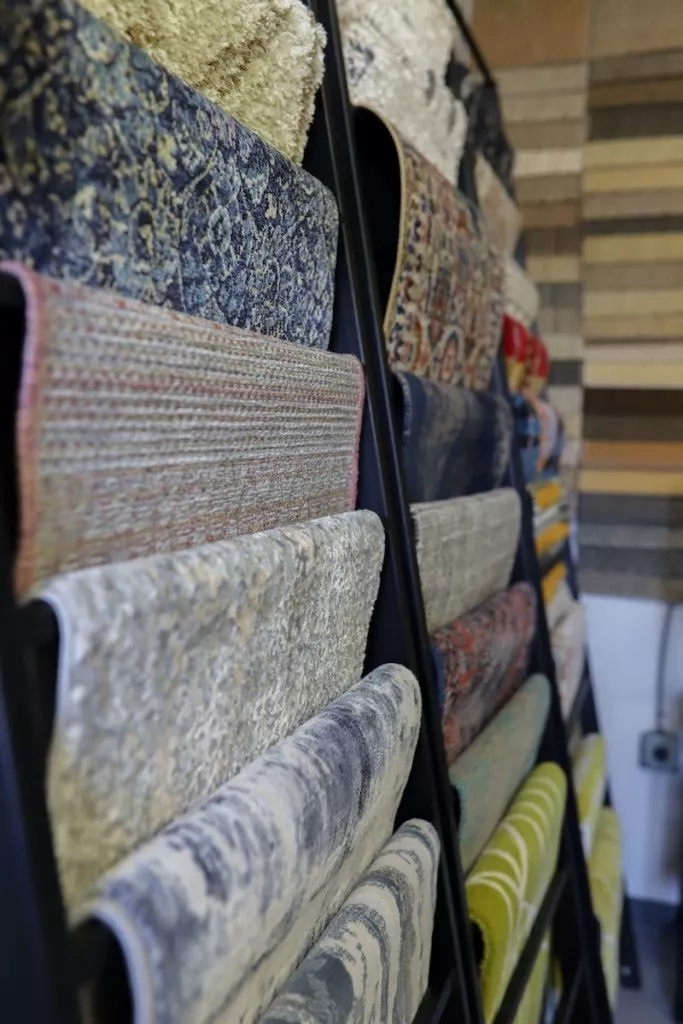As consumer demand increases for recycled carpet and products that contain recycled components, carpet and fiber producers are pursuing programs that reduce, reuse and recycle raw materials. Studies by the U.S. Environmental Protection Agency show that more than 2 million tons of used carpet are dumped into the nation’s landfills annually. Massachusetts, with its harsh winters, is especially wasteful with post-consumer carpet (PCC). The need for insulation and high population density pushes our state to the forefront of carpet related waste. Fortunately we are also one of the most environmentally conscious states, and the call for recycling has forced government officials to begin brainstorming how carpet can be successfully diverted from our landfills. We estimate 5 billion pounds of carpet was sent to the landfill in 2003. When post-consumer carpet (PCC) can avoid landfill and moves onto the recycling process, there are a wide range of possibilities for its next destination. Up to 30 percent of recycled PCC is used to produce new carpet face fiber and backings. Additional opportunities for used carpet materials include the creation of building materials, automotive products,composite lumber (both decking and sheets), tile backer board, roofing shingles, railroad ties, automotive parts, carpet cushion, stepping stones, and more. People in the Greater Boston area, especially in communities like Needham, Newton, Brookline, Cambridge need to figure out a way to lead the charge in calling for this change since they are already ahead of the game.
Because carpet is a man-made material, it is highly recyclable. New technologies that allow manufacturers to use closed-loop recycling, in which used carpet becomes new carpet, are now becoming economically feasible. Recycling nylon 6 into new nylon fibers has resulted in new recycling facilities throughout the nation. In cases where the carpet is not made of nylon 6, the fibers are melted, recycled and compounded with virgin nylon resins for use in other molded-machine, automotive, building or landscaping applications. Recycled carpet is being used for engine fan shrouds, air cleaners, plastic lumber, carpet cushion and resilient flooring. As for the future, research is ongoing into the life cycle of carpet and better ways to manufacture durable carpet made from natural fibers, new technologies that will eliminate the energy costs associated with production, use and reuse of products. The problem now is that the process of transporting, cleaning, sorting, and recycling is an expensive endeavor. However, technological advances over the past 15 years have made the process easier and more affordable. Now the challenge becomes; how do we educate consumers about the growing number of alternatives for carpet disposal?

When you choose one of our locations, you’ll have the option to schedule an in-person visit or a phone call.
Outside of the Northeast? Find out how we can still work on your project!